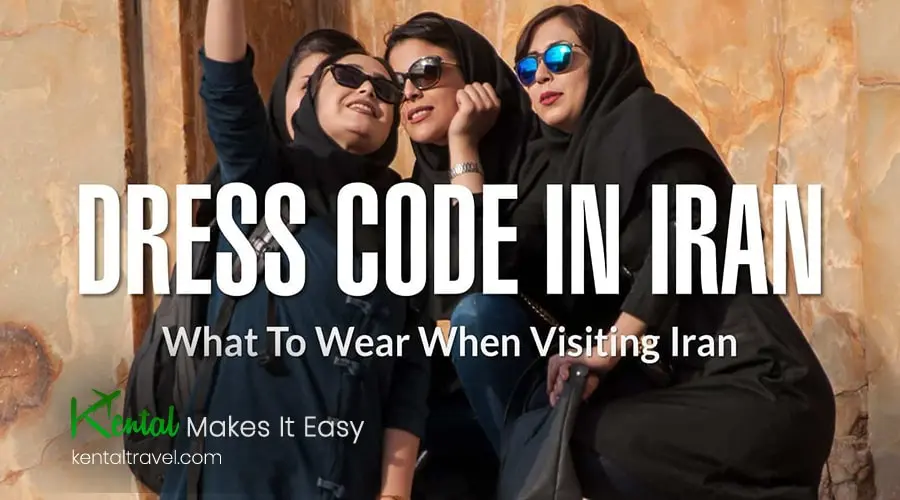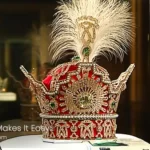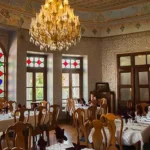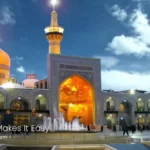Introduction: Planning a trip to Iran as a tourist is an exciting endeavor, given the country’s rich history, vibrant culture, and stunning landscapes. However, one of the essential aspects to consider before visiting this beautiful nation is its dress code. Iran’s dress code is a reflection of its conservative culture and Islamic values, and understanding and adhering to it is not only a sign of respect but also a legal requirement. In this guide, we’ll explore what to wear in Iran, with a focus on the dress code for women and men, providing tips to ensure a respectful and enjoyable visit to this remarkable country.
What to Wear in Iran?
Iran’s dress code emphasizes modesty and decency. Both men and women are expected to dress conservatively, covering their bodies and hair. As a tourist, this means respecting local customs and dressing appropriately to avoid any misunderstandings or discomfort during your visit.
Dress Code for Women in Iran
Women’s clothing in Iran is defined by its modesty and coverage. Here are the key elements of the dress code for women in Iran:
Hijab: The hijab is a fundamental component of a woman’s attire in Iran. It involves covering the hair with a headscarf, ensuring that no hair is visible. The scarf should be worn loosely and should also cover the neck.
Chador: In certain places, such as religious shrines and mosques, women may be required to wear a chador, which is a long, loose-fitting cloak that covers the entire body. Chadors are often available for borrowing at these locations.
Make-up: Wearing makeup is not illegal in Iran, but it’s advisable to keep it subtle and not overly attention-grabbing. Bold and bright makeup is generally discouraged.
How about the legs and body?
Women are expected to wear long, loose-fitting clothing that conceals their arms and legs. Trousers or skirts that extend below the knee are recommended.
Indoor Clothing: In private homes and some indoor settings, the dress code is less strict, and women can wear more relaxed and colorful clothing. However, it’s essential to remain respectful.
Dress Code for Men
While the dress code for men in Iran is generally less strict than for women, it still emphasizes modesty and decency. Men should wear long pants and avoid wearing shorts in public. T-shirts and shirts are acceptable, but sleeveless tops are discouraged.
Examples of Acceptable Outfits: To help you prepare, here are a few examples of suitable outfits for both women and men:
- Women: A long manteau (a loose-fitting tunic), dark trousers, and a matching headscarf.
- Men: Long pants and a button-up shirt or a long-sleeved T-shirt.
Conclusion: Understanding and respecting Iran’s dress code is a crucial aspect of preparing for your trip as a tourist. By adhering to the local customs and following the guidelines outlined in this guide, you can ensure a respectful and enjoyable visit to Iran, allowing you to fully appreciate the beauty and culture of this remarkable country.
Certainly! Here are some frequently asked questions (FAQs) about Iran’s dress code that can be useful for tourists planning to visit the country:
1. Do I have to wear a headscarf (hijab) as a female tourist in Iran?
Yes, female tourists in Iran are required to wear a headscarf in public places. It’s an essential part of the dress code and a sign of respect for the local culture and customs.
2. Is it mandatory for women to wear a chador in Iran?
No, wearing a chador is not mandatory for female tourists. However, in certain religious sites and mosques, women may be required to wear a chador, which is often provided at those locations.
3. Can I wear makeup as a female tourist in Iran?
Yes, makeup is not illegal in Iran. However, it’s recommended to keep it subtle and avoid bold or attention-grabbing makeup.
4. What should I wear on my feet in Iran?
Closed-toe shoes are a good choice for both men and women. Sandals and open-toed shoes can be worn, but they should be accompanied by socks or stockings.
5. Do male tourists have to wear a head covering or headscarf?
No, male tourists do not need to wear a headscarf. However, they are expected to dress modestly and wear long pants in public.
6. What should I wear when visiting historical or religious sites?
When visiting historical or religious sites in Iran, both men and women should wear modest and conservative clothing. Women may need to wear a chador in these locations.
7. Can I wear Western-style clothing in Iran as a tourist?
Yes, you can wear Western-style clothing in Iran, but it should be modest and not too revealing. Long pants and long-sleeved shirts are advisable.
8. What is the dress code for indoor settings in Iran?
In private homes and some indoor settings, the dress code is less strict. You can wear more relaxed and colorful clothing, but it’s essential to remain respectful of the local culture.
9. Are there specific rules for beach attire in Iran?
Yes, on public beaches in Iran, both men and women are expected to wear modest swimwear, which typically consists of a long-sleeved shirt and long swim pants for men and full-body swimwear for women.


















